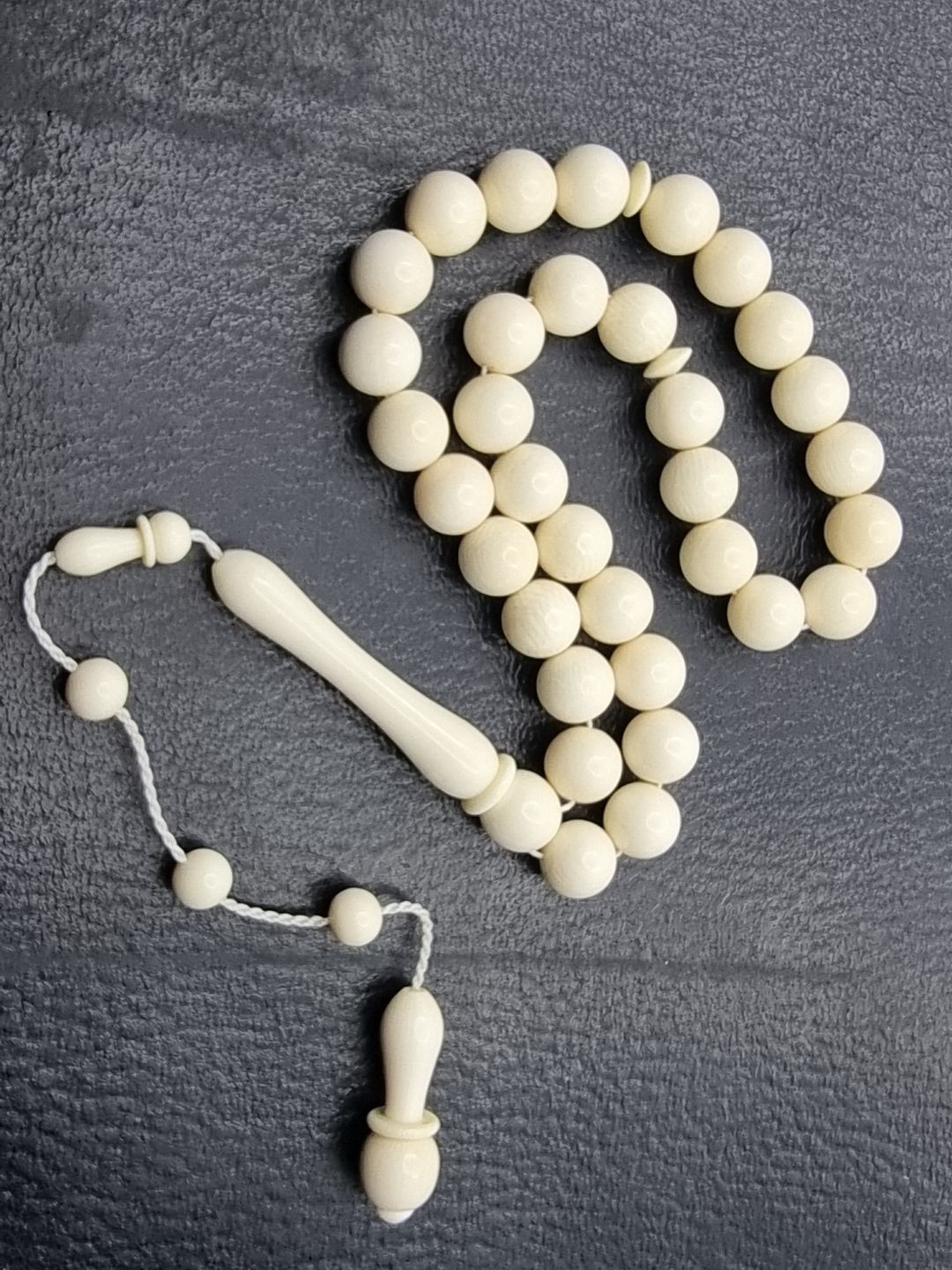The priests of the Temple of Amun in the city of Thebes in ancient Egypt knew the art of characterizing novels and literary stories in a way supported by poetry and music and in front of an audience of the elite (princes, nobles and rulers), and this was known in Greece many centuries ago.?
The Greek historian Herodotus (d. 425 BC) says that the priests of Amun used to prepare the sacred temple square on religious holidays and occasions to present diagnostic performances, one of them playing the role of the evil god Set, another one playing the role of Osiris, a woman playing the role of Isis, and a child playing the role Horus.. and the performances will be supported by music to motivate the viewer and make him interact with the event and live with it, as well as the clothes and make-up that these characters are known for and which we see in the inscriptions on the walls of the tombs, I mean, this talk was presented until the era of Herodotus (approximately the fifth century BC) and confirms this Dr. Selim Hassan in the Encyclopedia of Ancient Egypt, and also the discoveries of the two scientists Corinthians 1932 and Corinth 1938, who found papyri containing theatrical texts for performances that were from 40 scenes, in a picture that is closest to poetry to portray the tragedy of Isis and her search for her husband in all countries, and the obstruction of the six gods and what prevents them from meeting Together in various forms (which is the well-known myth of Isis and Osiris), and this confirms that the Pharaohs knew the art of theater thousands of years ago.




